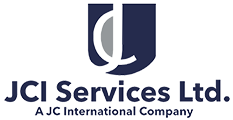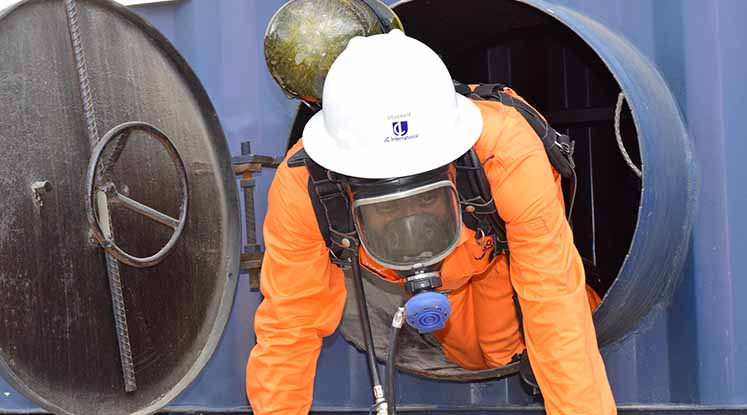Working in confined spaces presents unique challenges and potential hazards that demand special attention to safety. These areas such as tanks, silos, and tunnels often have limited entry and exit points, poor ventilation, and restricted movement, making it crucial to adhere to rigorous safety protocols. Whether you’re a supervisor, maintenance worker, engineer, or safety professional, if you’re entering confined spaces, safety is non-negotiable!
Following these essential safety tips will help ensure a secure working environment for you and your team.
1. Conduct a thorough Pre-Entry Risk Assessment
Before entering a confined space, perform a comprehensive risk assessment. Identify and address potential hazards like toxic gases, low oxygen levels, and flammable substances. Implement all necessary safety measures to mitigate these risks and prepare for safe entry.
2. Test and Monitor Air Quality
Air quality is a critical concern in confined spaces. Use the appropriate equipment to test for toxic gases, oxygen levels, and flammable atmospheres both before and during entry. Ensure that the space is well-ventilated and continuously monitor air quality to prevent hazardous conditions.
3. Station a Trained Attendant
A trained attendant should always be stationed outside the confined space while work is underway. This individual monitors worker entry and exit, maintains communication, and is ready to respond in case of an emergency.
4. Implement Lockout/Tagout Procedures
Prior to starting work, ensure all machinery and equipment are properly locked out and tagged to prevent accidental start-ups. This critical step protects workers from unexpected machinery movements or releases of energy.
5. Use Proper Personal Protective Equipment (PPE)
Equip all workers with the appropriate PPE for their tasks, which may include helmets, gloves, goggles, and respiratory protection. Regularly inspect PPE for damage or wear to ensure ongoing effectiveness.
6. Ensure Adequate Lighting and Ventilation
Good lighting and ventilation are essential for safety in confined spaces. Ensure the area is well-lit to avoid accidents and has proper ventilation systems to maintain breathable air quality.
7. Develop and Practice an Emergency Plan
Create and regularly practice an emergency response plan tailored to confined space operations. Make sure all personnel are familiar with emergency procedures and know how to react in various scenarios.
8. Provide Comprehensive Training
Training is vital for safety in confined spaces. Ensure that all personnel involved in confined space work receive thorough training on hazards, safety procedures, and emergency response techniques.
While these tips are crucial for maintaining safety, ensuring a safe working environment requires more than just guidelines. To fully prepare yourself and your team for the complexities of confined space operations, a comprehensive Health and Safety training course is essential. JCI Services’Confined Space Entry and Rescue Training in Uganda does just that. This course provides in-depth knowledge and hands-on practice to equip you with the skills and knowledge on life-saving skills and best practices for working in high-risk environments
Our training program includes:
- Expert instruction from seasoned professionals
- Hands-on practical exercises for real-world scenarios
- In-depth coverage of safety protocols and best practices
- IADC Certification upon successful completion
Don’t take chances when it comes to confined space safety! Register today for our IADC accredited Confined Space Entry and Rescue Training Course in Uganda today and ensure your team is prepared for any situation.
Call us on: +256 700 422 795
Email us at: training@jciservices.com

